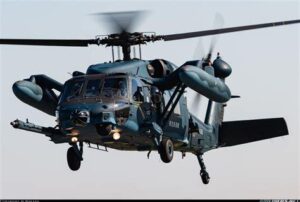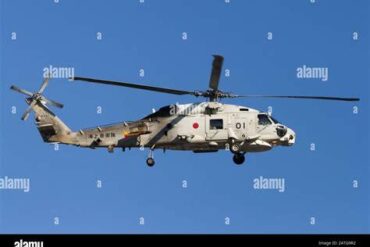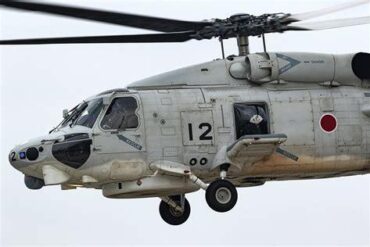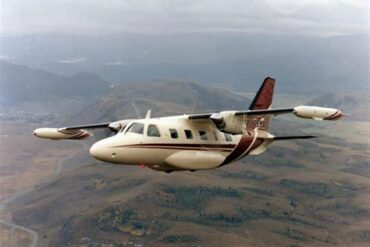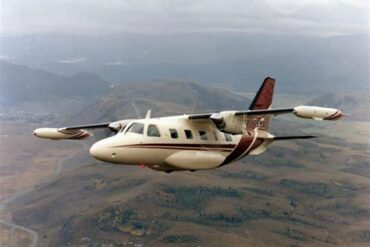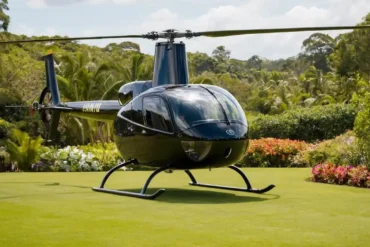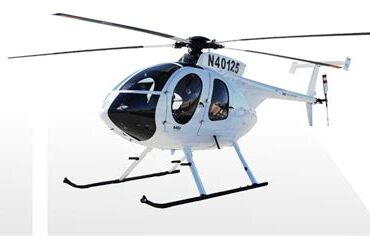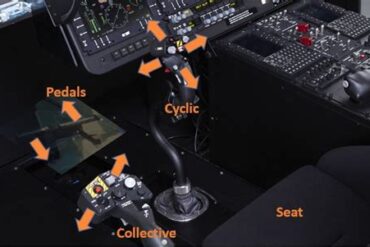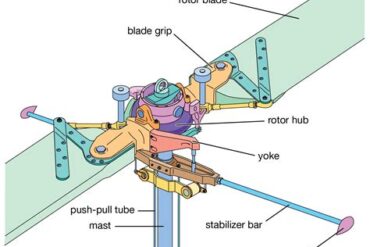The Mitsubishi UH-60J is a versatile and reliable helicopter that serves as a cornerstone in the Japanese Self-Defense Forces’ aviation fleet. This aircraft, a licensed variant of the widely recognized Sikorsky UH-60 Black Hawk, has been meticulously adapted by Mitsubishi Heavy Industries to meet Japan’s specific operational needs. In this comprehensive guide, we will explore the features, capabilities, and various roles of the UH-60J, offering a detailed understanding of this remarkable helicopter.
Development and Evolution
The development of the UH-60J began in the late 1980s when the Japan Air Self-Defense Force (JASDF) sought to replace its aging fleet of rescue helicopters. Mitsubishi Heavy Industries, in collaboration with Sikorsky, developed a modified version of the UH-60 Black Hawk to suit Japan’s unique requirements. The resulting UH-60J, first introduced in 1991, features several enhancements, including advanced avionics, improved engines, and specific modifications for search and rescue operations.
Key Differences from the UH-60 Black Hawk
While the UH-60J retains the core design of the original Black Hawk, several modifications distinguish it from its predecessor:
- Enhanced Avionics: The UH-60J is equipped with state-of-the-art avionics tailored for Japanese operations. These include advanced radar systems, GPS navigation, and enhanced communication systems, ensuring the helicopter’s effectiveness in both day and night operations.
- Improved Engines: The UH-60J is powered by the more robust GE T700-IHI-701C engines, providing greater power and efficiency compared to the standard UH-60 engines. This upgrade enhances the helicopter’s performance, particularly in challenging environments such as mountainous terrains and adverse weather conditions.
- Search and Rescue Modifications: The UH-60J is specifically designed for search and rescue (SAR) missions, featuring specialized equipment like rescue hoists, emergency flotation systems, and additional fuel tanks for extended range operations. These modifications make the UH-60J an indispensable asset for humanitarian missions and disaster relief efforts.
Roles and Missions
The Mitsubishi UH-60J is primarily deployed in the following roles:
Search and Rescue Operations
One of the primary missions of the UH-60J is search and rescue. The helicopter’s advanced avionics and robust design enable it to operate in harsh environments, including mountainous regions and over open water. Equipped with infrared sensors, night vision systems, and rescue hoists, the UH-60J can locate and retrieve individuals in distress, even in the most challenging conditions. Its ability to carry additional fuel tanks also allows for extended-range operations, making it ideal for long-duration SAR missions.
Disaster Relief
The UH-60J plays a critical role in disaster relief efforts, both domestically and internationally. Its versatility and reliability make it an essential asset during natural disasters such as earthquakes, tsunamis, and typhoons. The helicopter can transport medical personnel, supplies, and equipment to affected areas quickly and efficiently. Additionally, the UH-60J’s capability to perform airlift missions ensures that survivors are evacuated from hazardous zones to safety.
Military Transport
Beyond search and rescue, the UH-60J serves as a military transport helicopter for the Japan Ground Self-Defense Force (JGSDF). It is capable of carrying up to 11 fully equipped soldiers or a significant cargo load. The helicopter’s robust design and powerful engines allow it to operate in a variety of environments, from dense urban areas to remote islands. Its flexibility in transporting troops and supplies makes it a vital component of Japan’s defense strategy.
Maritime Operations
The UH-60J is also utilized in maritime operations, particularly by the Japan Maritime Self-Defense Force (JMSDF). Its capabilities extend to anti-submarine warfare (ASW), where it can be equipped with sonar buoys and torpedoes. Additionally, the helicopter is used for maritime patrol and reconnaissance missions, providing critical intelligence and support to naval forces.
Technical Specifications
The Mitsubishi UH-60J is a medium-lift utility helicopter with the following technical specifications:
- Length: 19.76 meters (64.8 feet)
- Height: 5.13 meters (16.8 feet)
- Rotor Diameter: 16.36 meters (53.7 feet)
- Maximum Takeoff Weight: 10,000 kg (22,000 lbs)
- Engine: 2 x GE T700-IHI-701C turboshaft engines
- Maximum Speed: 294 km/h (183 mph)
- Range: 1,381 km (858 miles) with auxiliary fuel tanks
- Crew: 4 (pilot, co-pilot, crew chief, and rescue operator)
- Capacity: 11 troops or 3,630 kg (8,000 lbs) of cargo
Avionics and Navigation Systems
The UH-60J is equipped with advanced avionics that enhance its operational capabilities. Key features include:
- Radar Systems: The UH-60J features a weather radar and terrain-following radar, allowing for safe navigation in adverse weather conditions and challenging terrains.
- GPS Navigation: The helicopter is equipped with a GPS-based navigation system, providing precise location data and route planning capabilities.
- Night Vision Systems: The UH-60J’s night vision capabilities are enhanced by infrared sensors and night vision goggles (NVGs), enabling effective operations in low-light conditions.
Operational History
Since its introduction, the UH-60J has been involved in numerous high-profile missions, both domestically and internationally. Its reliability and versatility have made it a preferred choice for the Japanese Self-Defense Forces in a variety of scenarios.
Domestic Operations
The UH-60J has been a critical asset in Japan’s domestic disaster relief efforts. Notably, it played a significant role during the 2011 Tōhoku earthquake and tsunami, where it was deployed for search and rescue missions, transporting survivors, and delivering essential supplies to affected areas. The helicopter’s ability to operate in difficult conditions made it indispensable during this crisis.
International Deployments
The UH-60J has also been deployed in international missions, particularly in humanitarian aid and disaster relief efforts. Japan’s participation in United Nations peacekeeping operations has seen the UH-60J deployed to various conflict zones, where it has been used for troop transport, medical evacuation, and logistics support.
Maintenance and Upgrades
Maintaining the UH-60J in optimal condition is crucial for its continued effectiveness. Mitsubishi Heavy Industries provides comprehensive maintenance services, ensuring that the helicopters remain operationally ready at all times. Regular inspections, engine overhauls, and avionics upgrades are part of the maintenance regimen.
Recent Upgrades
To keep pace with evolving technological advancements, the UH-60J has undergone several upgrades:
- Improved Avionics: Recent upgrades have focused on enhancing the helicopter’s avionics systems, including the integration of digital cockpit displays and advanced communication systems.
- Enhanced Safety Features: Safety upgrades, such as collision avoidance systems and improved crashworthiness, have been incorporated to ensure the safety of the crew and passengers.
Conclusion
The Mitsubishi UH-60J is a vital component of Japan’s Self-Defense Forces, offering unparalleled versatility and reliability across a wide range of missions. From search and rescue operations to military transport and disaster relief, the UH-60J has proven itself as an indispensable asset. Its advanced avionics, powerful engines, and specialized equipment make it a formidable helicopter that continues to serve Japan with distinction.
